An Australian industrial design student is one of eight from around the world to reach the final of the Electrolux Design Lab 2010.
October 14th, 2010
Daniel Dobrogorsky, from Monash University, impressed the judges with his ‘Kitchen Hideaway’ vision, a concept that tackled the brief head on: To create a product, which overcomes the challenges of living in 2050, when 74% of the global population are predicted to live in an urban and compact environment.
Dobrogorsky’s futuristic entry is a device and system combined, allowing the user to create their own virtual kitchen to prepare food, without physically requiring space.
The Kitchen Hideaway is designed to overcome the foreseeable spatial limitations of a society envisaged by Dobrogorsky – where people live with minimal space, in communal buildings within the Mega cities of 2050.
By simply attaching the headset, each individual engages in a virtual cooking experience, rendering physical appliances such as a fridge or hotplate redundant.
Having cooked your virtual meal, the digital instructions are sent to the building’s ‘Food Factory’, an automated robotic kitchen where your real meal is then prepared and delivered.
Inspired by the postmodern notion of hyper-realism as well as current trends in interactive gaming and social media, Dobrogorsky explains that people in fact relish living in hyper-reality:
“Consumers enjoy escaping the natural world in a cognitive sense – that’s why it could be used in a functional space-saving sense in the future.”
The winning entry was awarded to Peter Alwin of the National Institute of Design in India for his invention of ‘The Snail’, a portable heating and cooking device.
Electrolux Design Lab
electroluxdesignlab.com
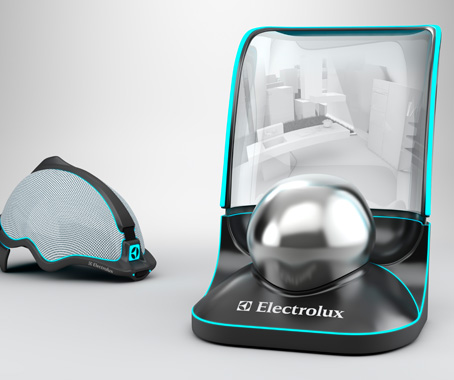
The Kitchen Hideaway

The Snail by Peter Alwin
INDESIGN is on instagram
Follow @indesignlive
A searchable and comprehensive guide for specifying leading products and their suppliers
Keep up to date with the latest and greatest from our industry BFF's!
The new range features slabs with warm, earthy palettes that lend a sense of organic luxury to every space.

Welcomed to the Australian design scene in 2024, Kokuyo is set to redefine collaboration, bringing its unique blend of colour and function to individuals and corporations, designed to be used Any Way!
Fresh from it’s designEX 2012 launch, the Kristina seat is an exquisite statement in seating design, bringing traditional style up to date with a modern twist to enhance any residential or hospitality space.
Don’t miss your opportunity to hear from industry experts in Designer Rugs Evolve Award Workshops!
The internet never sleeps! Here's the stuff you might have missed
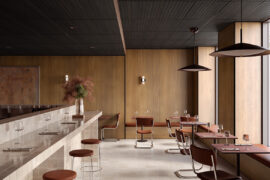
Australian designed and manufactured, Laminex Architectural Panels transform timber design aesthetics with cutting-edge technology
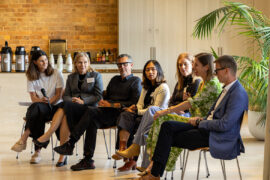
In this comment piece by Dr Matthias Irger – Head of Sustainability at COX Architecture – he argues for an approach to design that prioritises retrofitting, renovation and reuse.
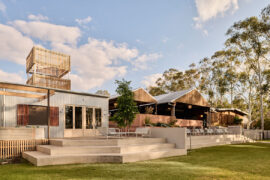
Technē’s latest pub project gives an iconic old woolshed new life, blending family-friendly community spirit and sentimentality with nostalgic design.
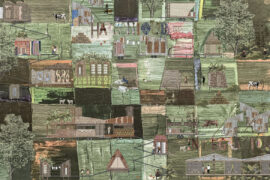
Annabelle Smith has been named winner of The Graduate at the INDE.Awards 2025, in partnership with Colorbond. Her visionary project reimagines housing in Aotearoa, proposing a modular and culturally responsive model uniting people, architecture and nature.